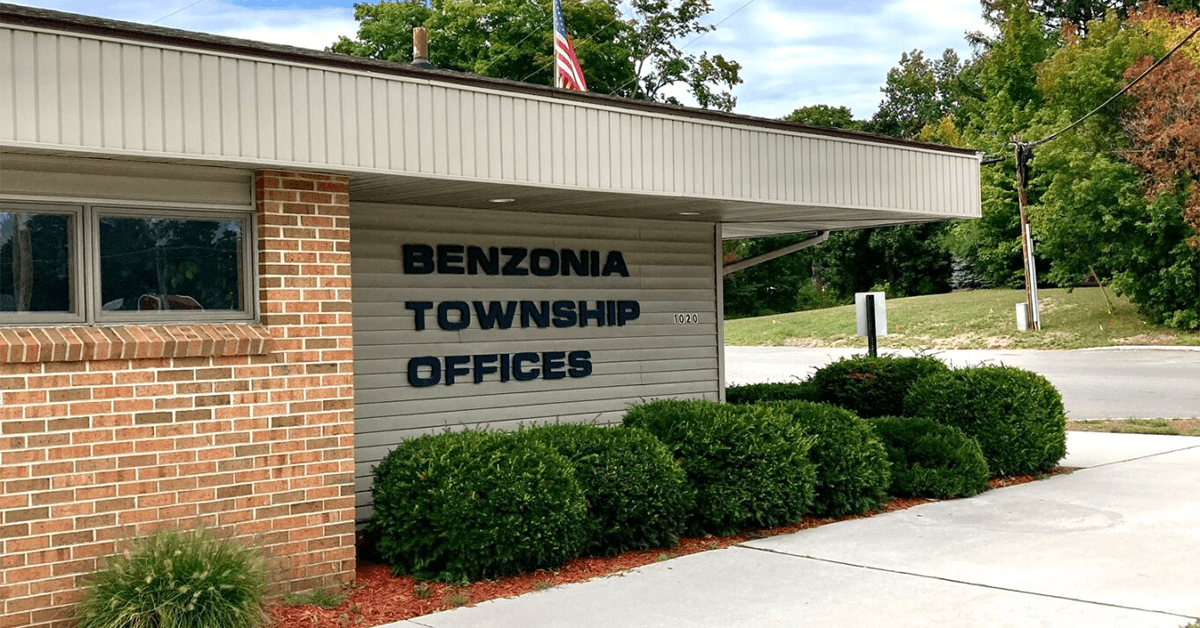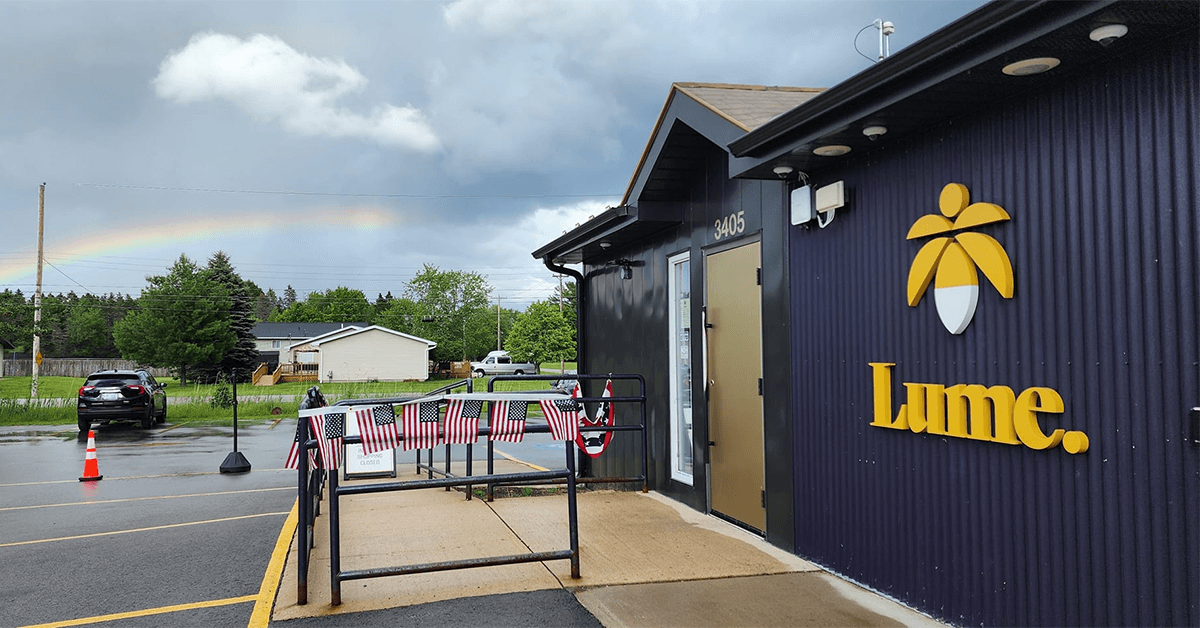Understanding Young Adults’ Perceptions of Cannabis Consumption Risks

As the cannabis industry continues to evolve, particularly in Michigan, understanding public perception, especially among young adults, is crucial for policy development and education. A groundbreaking study from the University of Michigan delves into how young adults view the risks associated with different methods of cannabis consumption.
The Landscape of Cannabis Consumption
The U.S. has witnessed a notable shift in the cannabis market in recent years. The legal availability of cannabis for recreational use has extended to roughly half the states. Along with the growing accessibility, there has also been a proliferation of cannabis products, many of which contain elevated levels of THC compared to the past. This increase in potency carries heightened risks, from developing a cannabis use disorder to experiencing significant consequences in life.
Unpacking the Perceptions
Led by Autumn Rae Florimbio, a T-32 Fellow at the U-M Addiction Center, and her team of researchers, the study explores the perceptions of young adults concerning various cannabis consumption methods, including smoking, vaping, dabbing, and ingestion. Their research also touches upon the patterns of consumption, distinguishing between regular and occasional use.
Drawing from a group of young adults in Flint, the results are enlightening. The majority of non-users perceived regular vaping as the riskiest method. In contrast, those who consumed cannabis either solely by smoking or through multiple methods viewed regular dabbing as presenting the highest risk.
These distinctions in perceptions can serve as invaluable data when forming public health strategies targeting cannabis use among young adults.
Autumn Rae Florimbio, Ph.D., comments on the significance of their findings: "Our results shed light on how young adults perceive cannabis-related risks, emphasizing that perceptions vary based on the method of consumption. These insights pave the way for future research, shaping policies and interventions aimed at minimizing cannabis-related harms."
Support and Appreciation
The research received funding from the National Institute on Drug Abuse [NIDA #045712; PI: Bonar] and support for Dr. Florimbio's contributions came from the National Institute on Alcohol Abuse and Alcoholism [NIAAA #007477; PI: Blow]. The team extends their gratitude to the patients and staff at Hurley Medical Center, whose collaboration was instrumental for this study.
The Takeaway
While cannabis consumption among emerging adults (ages 18-25) continues to rise, and the perception of its risks decreases, the nuances of these perceptions can be the key to effective public health measures. As the cannabis landscape transforms, understanding these perceptions becomes essential for policy-making and public health strategies.
Share this article:
Spotted a typo, grammatical error, or a factual inaccuracy? Let us know - we're committed to correcting errors swiftly and accurately!








 Helpful Links
Helpful Links